
Gabapentin is GABA (gamma-amino butyric acid) analogue. The drug was used primarily to treat epilepsy, but current usage includes pain management and treatment of major depressive disorder. This medication is also used in combination with intravenous flumazenil in Prometa Treatment Protocol for alcohol, cocaine or methamphetamines addiction. Additionally, gabapentin may also ease withdrawal symptoms in patients dependent on benzodiazepines or some opioid painkillers such as heroin, morphine or oxycodone.
This medication may be found in capsules, containing 100, 300 or 400mg of active ingredient gabapentin and some corn starch, talc, gelatin, iron oxide and titanium dioxide. This drug is normally prescribed to be used orally with or without some food. Reduction, discontinuation or substitution of gabapentin must be done gradually and it takes at least one week for the patient to get used to that. In some cases, this period may be prolonged and your doctor should recommend appropriate amount of time.
Gabapentin Usage
Gabapentin is used to treat postherpetic neuralgia. Initial dose is usually 300mg the first day of the treatment, then 600mg on the second day and 900mg the third day. Patients may also need more gabapentin for the pain, so the dose might be increased up to 1.800mg per day. Doses greater than 1.800mg a day have not been proven to work better.
This medication may also be used in patients older than 3 years of age for treatment of epilepsy. Children from 3 to 12 years should use 10 to 15mg/kg/day in 3 doses for about 3 days. For small kids, age 3 to 4, gabapentin effective dose was proven to be about 40mg/kg/day (divided in 3 doses), while patients older than 5 years of age can be prescribed 25 to 35mg/kg/day. In patients older than 12 years, effective dose of gabapentin is in the range from 900 to 1.800mg per day, given three times a day. Some patients may even be prescribed up to 3.600mg/day for a short period of time.Abuse and Dependence on GabapentinSo far, no studies on humans have been researching the abuse and dependence potential of this drug.
Studies on mice and rats have shown lethal potential of gabapentin in doses of 8.000mg/kg. Animals have experienced breathing problems, ptosis, sedation, excitation or hypoactivity and ataxia as consequences of the acute toxicity of the drug.
However, some patients have been reported to overdose gabapentin, using up to 49g of the drug. These patients have suffered from: slurred speech, drowsiness, lethargy, diarrhea and double vision, but they recovered with some medical care. Gabapentin can be removed from the body using hemodialysis, which is especially beneficial for patients suffering from kidney problems.




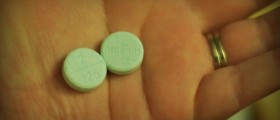

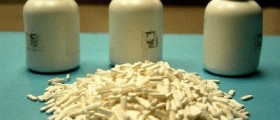
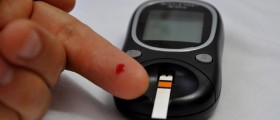
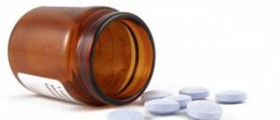


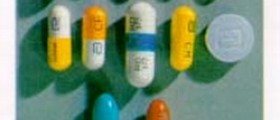

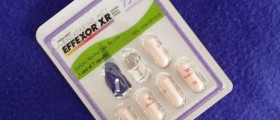

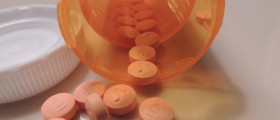

Your thoughts on this
Loading...